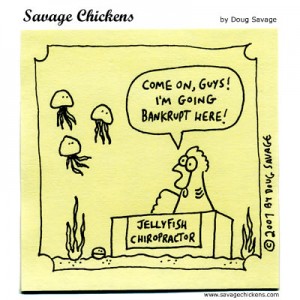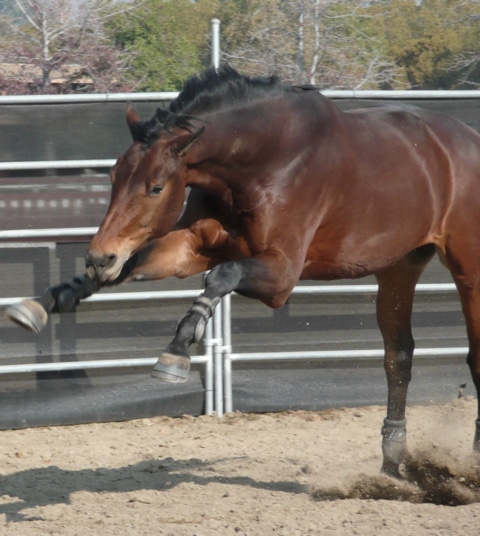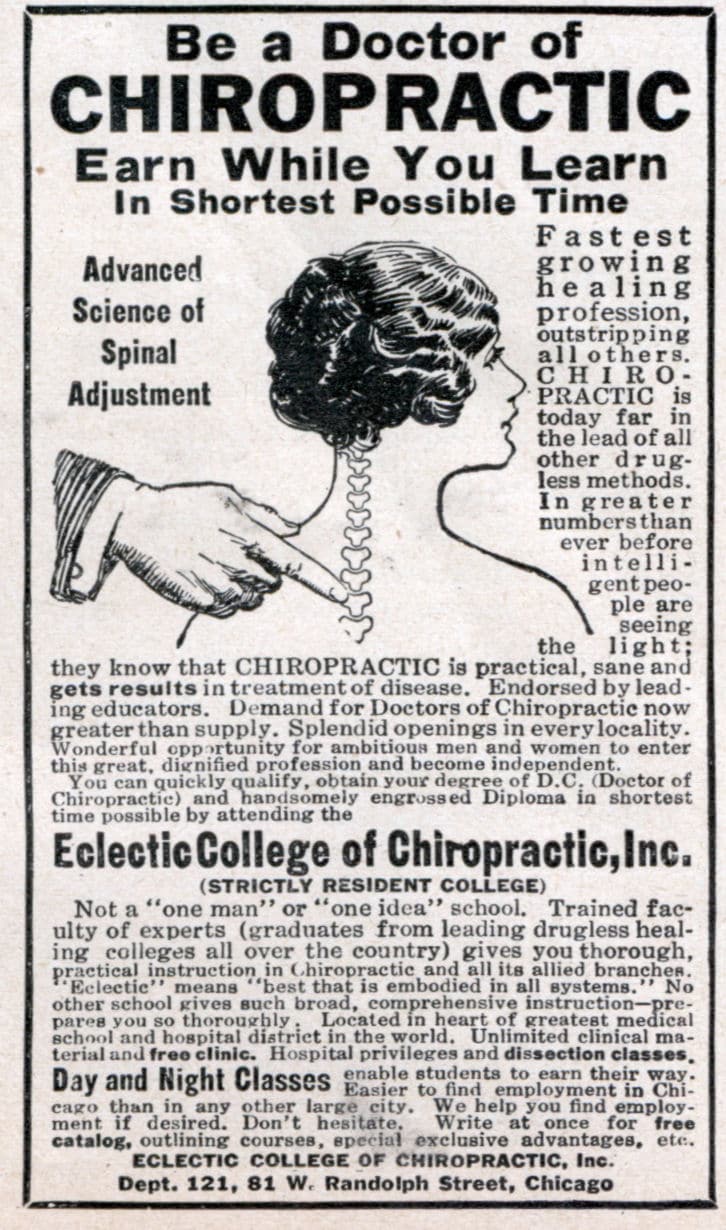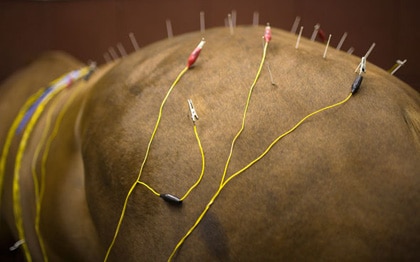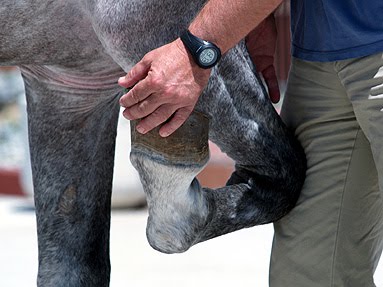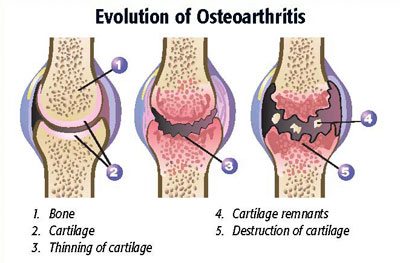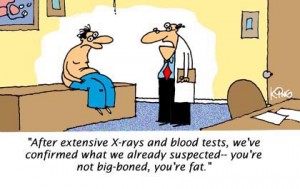 For those of you who are seeing red at the title of this article, let me start off by saying that if you have your horse seen by someone who professes to be an “equine chiropractor,” and if you’re happy, and if you think that your horse is better – or better yet, if your horse IS better – then please, understand that I’m very happy for both you and your horse (especially if he actually IS better), and certainly don’t want you to think that I think you’re doing anything wrong.
For those of you who are seeing red at the title of this article, let me start off by saying that if you have your horse seen by someone who professes to be an “equine chiropractor,” and if you’re happy, and if you think that your horse is better – or better yet, if your horse IS better – then please, understand that I’m very happy for both you and your horse (especially if he actually IS better), and certainly don’t want you to think that I think you’re doing anything wrong.
And, frankly, if you’ve got your mind made up, then, really, you may not even want to read what follows. Some people don’t like it when you point out facts that conflict with beliefs, opinions, and even professional reputations. You’ve had your experiences, and I’ve had mine. However, I’m not sharing experiences (FWIW, mine are 100% in the “doesn’t do anything” category), I’m just stating facts. So, I really won’t be at all offended if you just stop here.
 But if you’re still reading, there are a lot of things that are, well, rather unusual about the – field? area? discipline? – that are rather concerning. Those concerns remain after over 100 years of various people saying that horses can be assisted by “chiropractic.”* Since pretty much anyone who says that he or she is an equine chiropractor will probably tell you how wonderful it all is (and, if you’re paying for it, you might be inclined to feel that way, too), I thought that I might give you a bit more information to help you if you’re considering having this sort of treatment for your horse.
But if you’re still reading, there are a lot of things that are, well, rather unusual about the – field? area? discipline? – that are rather concerning. Those concerns remain after over 100 years of various people saying that horses can be assisted by “chiropractic.”* Since pretty much anyone who says that he or she is an equine chiropractor will probably tell you how wonderful it all is (and, if you’re paying for it, you might be inclined to feel that way, too), I thought that I might give you a bit more information to help you if you’re considering having this sort of treatment for your horse.
I’ve watched and studied this stuff for three decades. In fact, I used to go to weekly graduate school rounds at Los Angeles College of Chiropractic back in the 1990’s (when it was still open) and I’ve written a good bit about it, including some with my late friend Dr. Joe Keating, who was considered the foremost historian of the chiropractic profession. Plus, I’ve seen it (whatever “it” is) done to horses for decades. All of this adds up to why, when I’m asked, I tell people that I personally wouldn’t bother having their horse seen by an “equine chiropractor.” Here are five reasons why.
1. You don’t necessarily know who you’re going to get.
When you go to the dentist, you go to someone who has graduated from a school that grants a degree in dentistry (well, there have been cases of fraud, but that’s another story). The dentist also has to carry a license, with all of the supervision and requirements that come with that.
 But when it comes to “equine chiropractors,” you have one of four possible choices.
But when it comes to “equine chiropractors,” you have one of four possible choices.
- Chiropractors – folks who have gone to the trouble to get a degree in chiropractic (a D.C. for “Doctor of Chiropractic,” offered by one of several chiropractic schools in the US and elsewhere).
- Veterinarians – folks who have gone to the trouble to get a degree in veterinary medicine, from any one of several veterinary schools around the world, and who may have also attended some sort of a chiropractic training/certification program. These programs, however, typically are a matter of weeks, or even a weekend – it’s nothing like human schools of chiropractic.
- Folks who have done both (there are a very few).
- Folks who have done neither (there seem to be a lot of those).
Call me fussy, but I figure that if you’re going to call yourself something, it should mean something. If you go to the grocery store to get a banana, you shouldn’t end up with a head of lettuce calling itself a banana. You should know what to expect. Although there are many types of bananas (CLICK HERE if you want more info about bananas), everyone pretty much knows and agrees on what a banana is.
Knowing what you’re getting is important and especially when it comes to paying for stuff that involves health. In general, folks who make laws think so, too. So, for example, when a Canadian man saw patients, claiming to be a doctor, but wasn’t, he got in a good bit of trouble (CLICK HERE – there are hundreds of such stories). But when it comes to knowing what to expect, equine chiropractic is a bit bananas (not like bananas, bananas, in the sense of crazy – you can CLICK HERE if you want to see where that term came from).
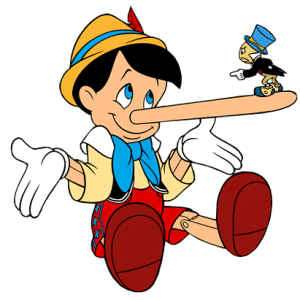 Fundamentally, this is a problem of false representation. I don’t think you should say that you’re a chiropractor – which is a licensed profession – if you’re not. In fact, I think it takes a certain amount of hubris to do that. And, I don’t think that you should make diagnoses and treat animals if you’re not a veterinarian (and every state law agrees with me). So that eliminates essentially everyone who calls themselves a chiropractor and treats horses (with a very few exceptions). Still, for some reason, very few people (including, apparently, licensed chiropractors) seem to mind when people who haven’t gone to chiropractic school (including plenty of veterinarians) call themselves chiropractors. But it makes me nuts.
Fundamentally, this is a problem of false representation. I don’t think you should say that you’re a chiropractor – which is a licensed profession – if you’re not. In fact, I think it takes a certain amount of hubris to do that. And, I don’t think that you should make diagnoses and treat animals if you’re not a veterinarian (and every state law agrees with me). So that eliminates essentially everyone who calls themselves a chiropractor and treats horses (with a very few exceptions). Still, for some reason, very few people (including, apparently, licensed chiropractors) seem to mind when people who haven’t gone to chiropractic school (including plenty of veterinarians) call themselves chiropractors. But it makes me nuts.
NOTE: While eliminating essentially everyone who practices of “equine chiropractic” might not necessarily be a bad thing, that is not my point.
So, from the point-of-view of “Who are you going to get?” when you call an equine chiropractor, the only thing that you know for sure is that you’re going to get someone. Which, in my opinion, isn’t good enough.
2. There are many different and unrelated training programs.
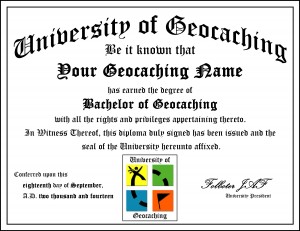 When you go to veterinary school, everyone learns most of the same things. However, “chiropractic” training is, well, different. Such training as there is can vary from courses that involve over a hundred hours (as opposed to, say, three or four years for chiropractic school), to those that involve a few hundred minutes out of your weekend. Methods can involve various pushes, twists, and pulls on the horse’s body to shooting the horse with a gun that has a little plunger in it. It can be limited to veterinarians and/or chiropractors, or open to anyone.
When you go to veterinary school, everyone learns most of the same things. However, “chiropractic” training is, well, different. Such training as there is can vary from courses that involve over a hundred hours (as opposed to, say, three or four years for chiropractic school), to those that involve a few hundred minutes out of your weekend. Methods can involve various pushes, twists, and pulls on the horse’s body to shooting the horse with a gun that has a little plunger in it. It can be limited to veterinarians and/or chiropractors, or open to anyone.
And, at the end, all of the training programs have two things in common:
- At the end of training, most trainees are provided with a piece of paper, printed or embossed in varying patterns and ink colors, “certifying” that a person did whatever had to be done to get the piece of paper.
- None of the various things have been shown to be effective on horses in the types of studies that are typically done to show that something is effective on horses (i.e., scientific studies).
If you want a really thorough, detailed analysis of veterinary chiropractic training from a few years back, you can CLICK HERE – I haven’t seen anything more recent. But, in general, I don’t bother with treatments that haven’t been shown to be effective, no matter what the “training,” which is why I don’t recommend bothering with it in the first place.
3. There’s generally no way to tell what anyone is doing
If I say that I’m treating a horse’s hock, it’s likely that we both know what I’m referring to. Everyone has agreed that 1) Horses have a hock, 2) It’s on the back leg, and 3) It has a certain appearance, both inside (X-rays and such) and out. If you want me to show you a picture of a hock – inside or out – I can do that. But that’s not the case when it comes to the myriad and fanciful things that get diagnosed and treated under the guise of “equine chiropractic.”
The most commonly diagnosed “problem,” at least judging by a Google search (yes, I do it, too) is a “subluxation,” which is, well, um… See, the problem here is that there isn’t an accepted definition. Depending on how specific you want to be, you might call it a “bone out of place” (which gives us the lovely acronym, “BOOP”), or something as general as a “spinal joint problem.” I don’t see why you couldn’t just call it a “spinal boo-boo” and be done with it.
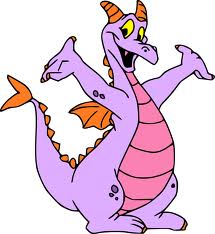 Regardless of what you want to call it, the fact is that no one can show that “subluxations” – or anything else that you want to call it – exist, in humans or horses. Like I said, I can show you where a horse’s hock is, but the fact is that the fundamental lesion of “chiropractic” can’t be shown to exist. When studied, even chiropractors don’t seem to agree on what they’re doing. In addition, when asked to examine people’s spines and sacroiliac joints, there’s little agreement on findings between chiropractors (CLICK HERE to see a paper, or HERE, or HERE, or HERE, or HERE). Such studies haven’t been done in horses – which is another problem – although I can’t imagine that things would be any better.
Regardless of what you want to call it, the fact is that no one can show that “subluxations” – or anything else that you want to call it – exist, in humans or horses. Like I said, I can show you where a horse’s hock is, but the fact is that the fundamental lesion of “chiropractic” can’t be shown to exist. When studied, even chiropractors don’t seem to agree on what they’re doing. In addition, when asked to examine people’s spines and sacroiliac joints, there’s little agreement on findings between chiropractors (CLICK HERE to see a paper, or HERE, or HERE, or HERE, or HERE). Such studies haven’t been done in horses – which is another problem – although I can’t imagine that things would be any better.
And I haven’t even touched on other novel diagnoses, such as leg length differences, TMJ dysfunction, polls out of place, ribs out of place… none of which can be demonstrated by reliable and repeatable methods. And don’t get me going on the supposed need for chiropractic “maintenance.” That’s just marketing.
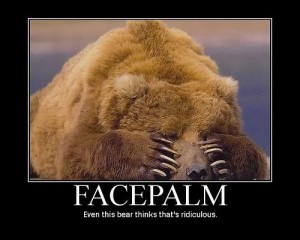 ASIDE: I was doing a pre-purchase examination once, and overheard an “equine chiropractor” talking. He said something along the lines of, “Now many people will tell you that this is ridiculous, but your horse’s rib is out of place.” I didn’t figure it was appropriate to interrupt my exam, even though I was just such a person, and, in fact, he certainly was correct. Just about anyone with a knowledge of equine anatomy would find that assertion ridiculous.
ASIDE: I was doing a pre-purchase examination once, and overheard an “equine chiropractor” talking. He said something along the lines of, “Now many people will tell you that this is ridiculous, but your horse’s rib is out of place.” I didn’t figure it was appropriate to interrupt my exam, even though I was just such a person, and, in fact, he certainly was correct. Just about anyone with a knowledge of equine anatomy would find that assertion ridiculous.
I have a problem with all creative diagnoses. If someone says that a horse has a problem that can’t be found by any way other than by trusting the person who is looking for it, and that the can only be shown to be corrected when that same person says it’s corrected, that person is either a medical genius, or,,, something else. I tend to lean more towards the latter.
ANOTHER ASIDE: Back in the early 1990’s, I worked at this one dressage barn where, all of a sudden, horses were being shod with pads on the diagonals, to “correct” leg length disparities. It became quite a “problem” in the barn. Happily, the problems seemed to disappear in about six months, coincident with the hiring of a new shoer. I haven’t seen the “problem” since, although, given the way these things go, it’s probably time for it to recycle.
 4. Some of the stuff that they say they’re doing can’t be done
4. Some of the stuff that they say they’re doing can’t be done
One of the things that chiropractors say that they do is apply “specific” force to “specific” areas to correct whatever it is is being corrected. And that’s fine, I guess, except for the fact that it’s been clearly demonstrated – in humans – that “specific forse” is something that can’t be done.
See, the problem is, as you push on a horse’s back, the forces get taken up by all of the tissues, not just the ones that you’re hoping to treat (CLICK HERE). It’s sort of like if you punched your fist into a big tub of water – the force would spread out in the water; it wouldn’t go where you wanted it to go. In horses, where everything’s bigger, more of the forces should get taken up by other tissues, making the idea of a “specific” force applied to something as deeply covered by muscle as is the horse’s spine even more impossible.
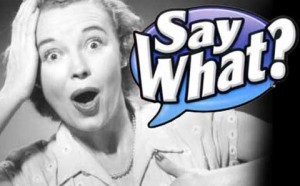 ONE MORE ASIDE: When I was attending weekly rounds at the now defunct Los Angeles College of Chiropractic back in the 1990’s, one of the first guys that I met was a great guy from Alabama who, after getting his D.C., was now working on getting a Master’s Degree in some chiropractic discipline. On our first introduction, after hearing that people where also trying to do chiropractic on horses, he said, “Dave, how in the h*** is anyone supposed to be able to manipulate a horse’s vertebrae?” I didn’t know what to say to him. Still don’t.
ONE MORE ASIDE: When I was attending weekly rounds at the now defunct Los Angeles College of Chiropractic back in the 1990’s, one of the first guys that I met was a great guy from Alabama who, after getting his D.C., was now working on getting a Master’s Degree in some chiropractic discipline. On our first introduction, after hearing that people where also trying to do chiropractic on horses, he said, “Dave, how in the h*** is anyone supposed to be able to manipulate a horse’s vertebrae?” I didn’t know what to say to him. Still don’t.
What it comes down to is that if “equine chiropractic” were to really have an effect, no one knows why. And that’s OK – things can have an effect without the reason being completely understood. Which brings up another big problem. Which is…
5. Nobody has shown that “chiropractic” – whatever it may be – does anything for horses, after 100 some years
First, let’s start off with a picture of the list of conditions for which “chiropractic” has been shown to be effective in horses.
 I think it’s just completely irresponsible that all sorts of wonderful claims get made for “equine chiropractic,” but no one seems to be bothering to test them. In humans, where they have at least studied chiropractic a bit, for the treatment of low back pain (the most common condition for which human chiropractors are employed), chiropractic care hasn’t been shown to be much better than any other kind of care, sometime including fake chiropractic care (CLICK HERE and HERE if you want to see compilations all human studies – I got nothing for horse studies).
I think it’s just completely irresponsible that all sorts of wonderful claims get made for “equine chiropractic,” but no one seems to be bothering to test them. In humans, where they have at least studied chiropractic a bit, for the treatment of low back pain (the most common condition for which human chiropractors are employed), chiropractic care hasn’t been shown to be much better than any other kind of care, sometime including fake chiropractic care (CLICK HERE and HERE if you want to see compilations all human studies – I got nothing for horse studies).
To me, it’s a pretty big leap of faith to think that it would work great in horses when it doesn’t seem to do all that much in people, where it’s been studied much more thoroughly. There are a few citations about horses the scientific literature, but none of them define a condition and then treat the condition under controlled conditions. Such research as there is shows that it “might” do something. None of the studies discuss outcomes of clinical cases (that is, showing long term follow-up of how horses in real life have done after they’ve been treated by a chiropractor), which isn’t really surprising, particularly since no one seems to be able to demonstrate what’s being treated anyway. Here are a few examples.
- CLICK HERE to see one from New Zealand that shows that mostly, people don’t tell their veterinarians when they use chiropractors.
- CLICK HERE to see one from France, which showed that a chiropractor identified back problems in almost 100% of the 19 school horses studied.
- CLICK HERE to see one from Holland, which showed “slight” changes in lower back and pelvic movement after chiropractic manipulations, changes that “might” be beneficial, but needed to be studied more.
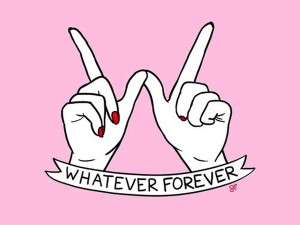 The lack of evidence, of course, hasn’t done anything to dampen the claims being made. From the standpoint of someone who has watched and studied this for a while, it’s frustrating. I’d be happy to recommend it to clients if there were some good evidence, but I also don’t want to waste my clients’ money.
The lack of evidence, of course, hasn’t done anything to dampen the claims being made. From the standpoint of someone who has watched and studied this for a while, it’s frustrating. I’d be happy to recommend it to clients if there were some good evidence, but I also don’t want to waste my clients’ money.
CONCLUSIONS
So, there you go. Like I said, if you’re using an “equine chiropractor” – or if you are an equine chiropractor – I’m sorry if you take offense to facts. I guess it’s possible to do the right thing for the wrong reasons, but right now, there’s just not much evidence for anything even after 100+ years.
As someone who takes the responsibility for making treatment recommendations for horses very seriously, (and for other reasons that would make the article even longer than it already is) I just don’t feel comfortable recommending that anyone use an “equine chiropractor.” But if you choose to try, and you think your horse has been helped, you won’t find anyone happier than I am.
***********************************************************************************************************************************************
*There’s a “diploma” from the Palmer College of Chiropractic for a veterinary chiropractor from the early 1900’s. The first report of chiropractic “success” that I could find in horses was of two horses that were treated for “azoturia,” which most people call “tying-up” today. Nobody that I know of advocates treating horses that have tied up with “chiropractic” today, however.


